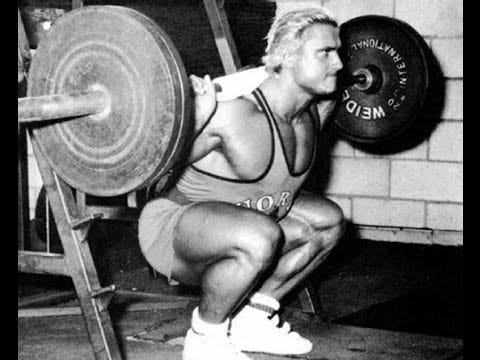On Bulgarian Training
per veritatem vis (through truth, strength)
Health so far outweighs all external goods that a healthy beggar is truly more fortunate than a king in poor health. ―Arthur Schopenhauer, Parerga and Paralipomena
THE MYSTIQUE OF BULGARIAN TRAINING
"Bulgarian training" used to have an almost mythical aura attached to it. It was seen as some secret training approach to get world class results in Olympic l…
Keep reading with a 7-day free trial
Subscribe to Healthy, Wealthy, & Wise to keep reading this post and get 7 days of free access to the full post archives.


